“Every day, I wonder if I made the right decisions on the air desk. There are jobs from years ago I still think about now.”
Jamie, when are we first made aware that there could be a potential incident we need to attend?
So, a job comes in on the 999 downlink call system. We monitor all of the calls that are coming through from the North East and North West as these are the regions we cover.
We have the ability to listen into and interrogate any of the information we hear coming through, and that could be through calling back the 999 caller and asking them for specific information about the patient, getting updates from the ambulance crew on scene or through a software called GoodSAM which allows us to tap into a smartphone and use live video/location to see more of what we’re dealing with.
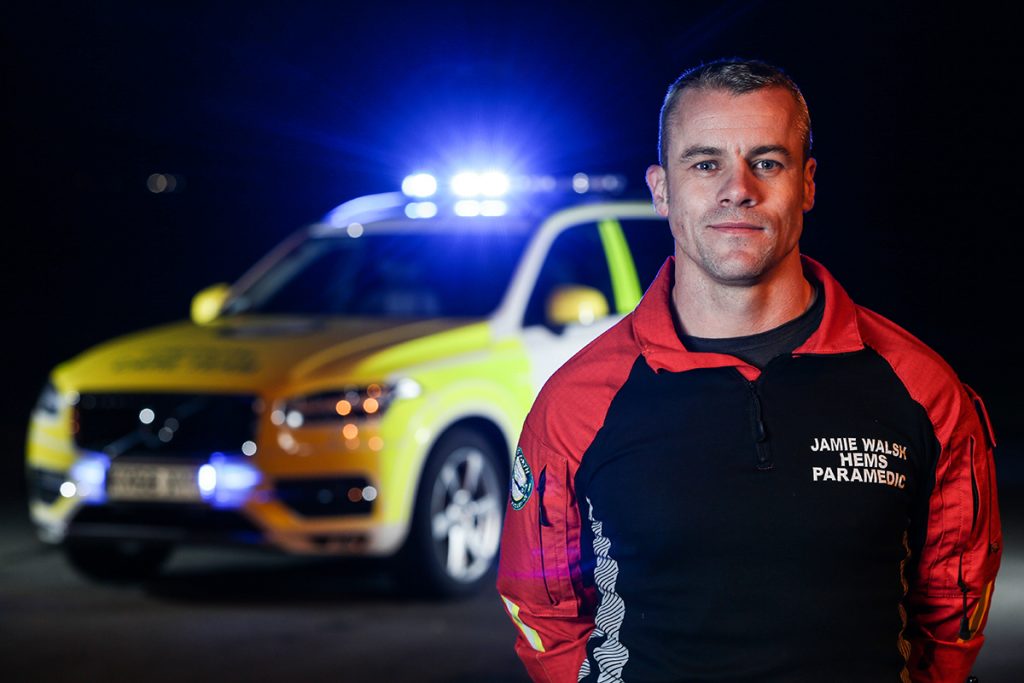

Does the ambulance service request us, or do we decide alone whether we are attending a job?
We can self-dispatch the aircraft or overnight cars, but we can also be requested by both the North East and North West ambulance services.
How do you know what jobs to listen into on the air desk?
999 calls are categorised on the system, and it is generally Category One calls that we listen into and interrogate the most as these are the most serious.
This could be numerous things, including not breathing, fitting, or any immediate threat to life conditions.
We also look at Category Two and Three calls to see if there is any information there that would lead us to dispatch the aircraft on the basis that we, as a team, could add value to with our extended interventions.
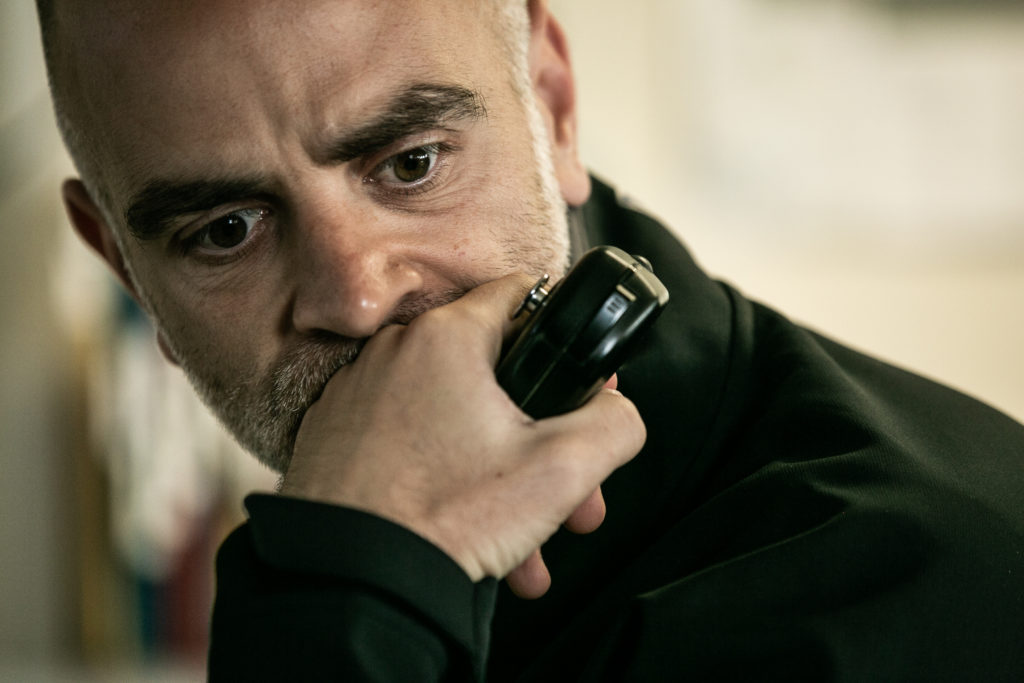

What are the criteria for us flying to a patient?
We do have immediate dispatch criteria that relate to certain traumatic injuries or patient conditions where we would not wait for an update and would attend immediately. We would always attend incidents like traumatic events, ineffective breathing, amputations, or anything that relates to our specific dispatch criteria.
Does all the team on duty that day decide together, or is it up to one person?
That’s the job of our dispatcher.
You can read about their role here.
It is ultimately their decision, but they may ask for clinical input from the team on duty that day to be able to make their decision.
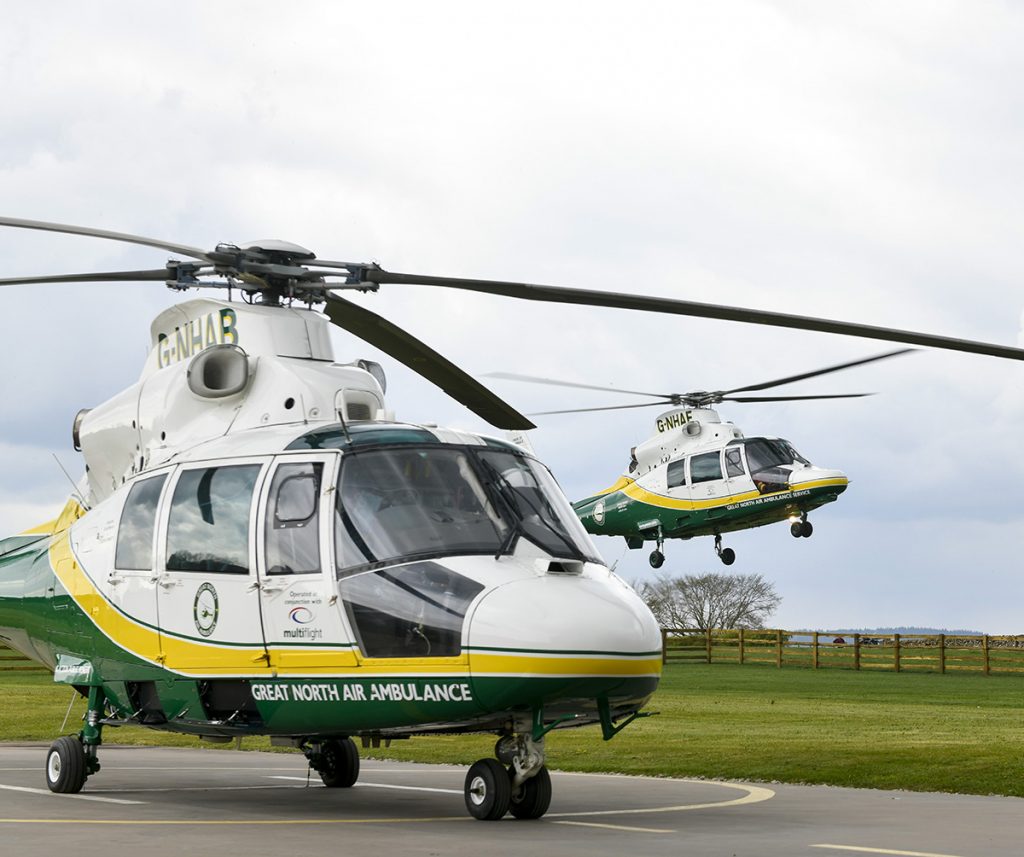

How would you decide to divert when flying to a job?
It would depend on the nature of the case. If another job comes in while we are already flying, it is always a difficult decision whether to divert and send the help elsewhere.
It comes down to who we feel that we would add the most benefit to. We do also have another aircraft, and sometimes, if needed, we can draft in the other helicopter too.
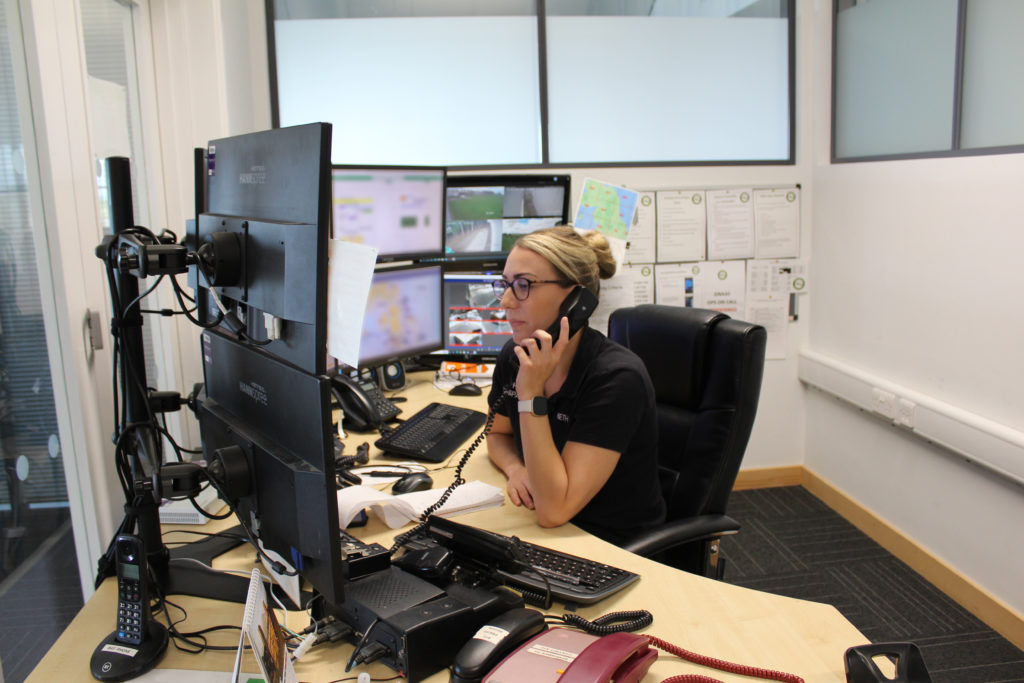

How does it feel to have that responsibility of deciding where it goes?
Deciding who gets the aircraft is, without a doubt, the hardest job at GNAAS.
Who gets the team is such a tough decision to make, and sometimes you are making that decision with very limited information, and there really isn’t an easy way to do it.
It must take a lot of concentration to work a shift on the air desk.
12-hour shifts, 10 screens, four phones, two radios, two helicopters, and four ambulance services.
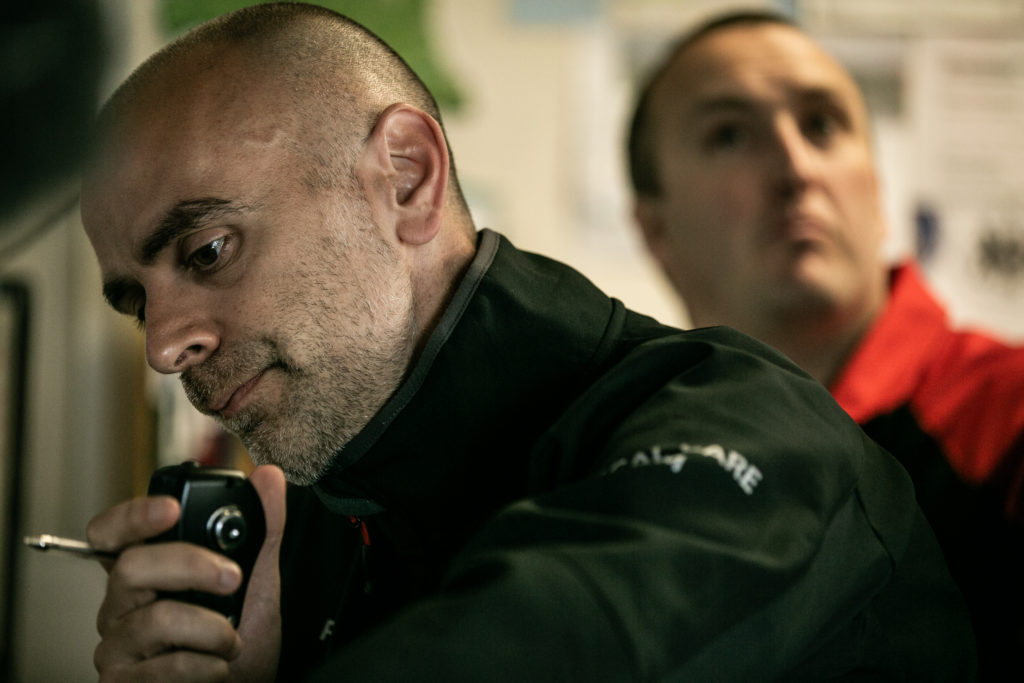

Do you ever wonder if you’ve made the right decision?
Every day I think about the decisions I have made on the air desk a lot and think did I make the right decision, or should we have diverted?
It can really play on your mind afterwards because what you’re essentially doing is deciding which person gets the care.
The team at GNAAS is a self-critical bunch, and sometimes we can be our own worst enemies because instead of looking at what went right with an incident we’ve attended, we think about what we could have done better.



